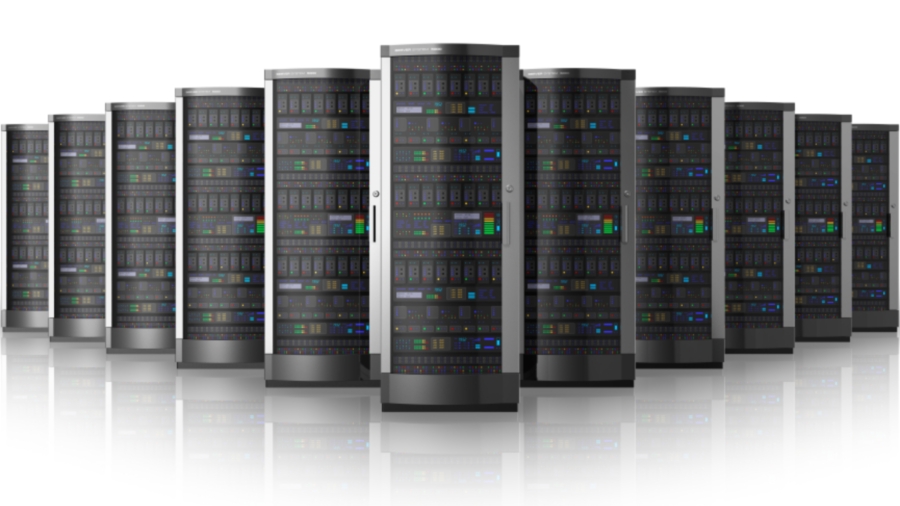The case for a server refresh
It saves more money than you spend

For small and midsized businesses that want to save money and improve the performance of its IT, it makes sense to provide support by investing in new servers. More powerful, energy-efficient hardware supports upgrades and virtualistion, and can provide a return on investment more quickly than the software upgrade alone.
The case for a server refresh is outlined in a paper from Dell that makes the point that companies that do not take this approach can miss out on the ability to manage and exploit terabytes of data.
They need to share their information around the entire team to make everyone more productive, and a server based storage environment is an effective way to make this possible.
The return on investment from a server refresh can come in a number of forms. The most obvious is efficiency: server technology has become so much more powerful and efficient
in just one or two generations that the latest servers can support two to three times the workload while consuming considerably less power.
As a result, investing in new servers can bring two big savings within an IT budget. Initially,
virtualisation and consolidation lower the up-front cost of buying hardware. Then, over time, they shrink the total cost of ownership through smaller power bills, diminished rack space, less hardware for the IT team to manage, and fewer operating system and database licenses.
Sign up to the TechRadar Pro newsletter to get all the top news, opinion, features and guidance your business needs to succeed!
The second big factor is stability. Older software is usually installed on older hardware - at least four or five years old - which is reaching the end of its life and creates a risk of expensive downtime.
If a business system collapses it will become much more difficult for people to work on files together, and waste a lot of time as they search for files without access to a central repository.
When you do have one, it's much easier to make sense of a daily information flow and support collaboration.
Third is the cost of support. A company may be using legacy applications for which the support no longer exists, and vendors generally bundle up support for new applications with new hardware.
This means that a hardware upgrade offers the opportunity to introduce high performance applications that can provide new business advantages while meeting current standards and integrating more smoothly with other tools.
On top of these is the ability to improve the all round performance of a business by making it possible for a team to share information and run critical applications more easily.
These are all important factors to take into account, and the overall message is not to leave a server refresh for too long as it will begin to undermine the efficiency of the business.